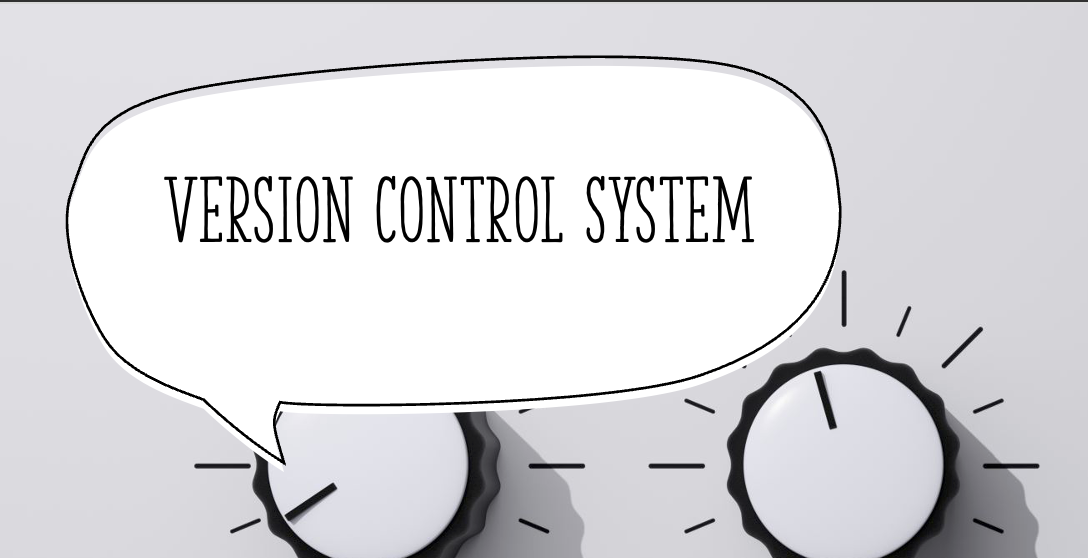Version control system
 shishir srivastav
shishir srivastav
In an environment where multiple people are working on one project, keeping track of the changes made in a project manually can be very tedious and prone to errors. While writing code or maintaining a file system, in which we need to keep making changes, it becomes very essential to have a system, which takes care of this tracking for us, where in case any mistake has been done, we can just see the logs and see who made the changes due to which the issue occurred, then we can work on resolving the issue and revert to an older version for the time being while the issue is being resolved.
Types of Version Control Systems
We can see this version control system in today's world in two typical 2 ways.
Centralised Version Control Systems
A centralised version control system (CVCS) is a single-point, global repository where all changes are stored. Users must commit their changes to this central repository to make them visible to other team members. Examples of popular CVCS tools include Subversion and Perforce.
The primary advantage of CVCS is that it enables better collaboration among developers and provides a clear insight into what everyone else is doing on the project. Additionally, administrators can exercise fine-grained control over access permissions, ensuring that only authorised users can make changes to the codebase.
However, CVCS has its drawbacks, such as the single point of failure represented by the centralised repository. If the repository becomes unavailable due to server downtime or data corruption, collaboration and version tracking become impossible.
Distributed Version Control Systems
Distributed version control systems (DVCS) take a peer-to-peer approach, with multiple repositories distributed across different locations. Each user has their local repository and working copy, allowing them to commit changes without affecting the central repository. Popular DVCS tools include Git and Mercurial.

DVCS overcomes some of the limitations of CVCS by eliminating the single point of failure and allowing users to work offline with their local repositories. Furthermore, DVCS enables more efficient collaboration by allowing users to share changes through a process of pushing and pulling updates between repositories.
Repositories
Repositories are the server where the project code is uploaded and kept for the team to review/modify. So popular ones are GitHub, Gitlab, Azure DevOps, etc.
Conclusion
Version control systems have revolutionised the way software development teams collaborate and manage their projects. By offering a powerful and efficient platform for tracking changes, resolving conflicts, and maintaining historical versions, VCS has become an indispensable tool in modern software development.
Whether you're working on a small personal project or a large-scale enterprise application, implementing a version control system can greatly enhance your productivity and ensure a smooth, organised development process. By understanding the various types of VCS and following best practices, you can harness the full potential of version control and take your development projects to new heights.

Thanks for coming this far in the article. I hope I was able to explain the concept well enough. If you face any issues, please feel free to reach out to me; I'd be happy to help.
🔗 Let’s stay connected!
🌐 Linktree| 🐦 X| 📸 Instagram| ▶️ YouTube ✍️ Hashnode| 💻 GitHub| 🔗 LinkedIn| 🤝 Topmate 🏅 Credly
© 2024 Shishir Srivastav. All rights reserved.
Subscribe to my newsletter
Read articles from shishir srivastav directly inside your inbox. Subscribe to the newsletter, and don't miss out.
Written by

shishir srivastav
shishir srivastav
Developer, Exploring the world online. I write logical code in IT and talk Illogically in reality.
